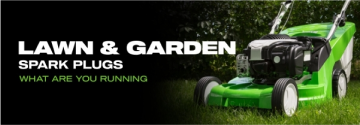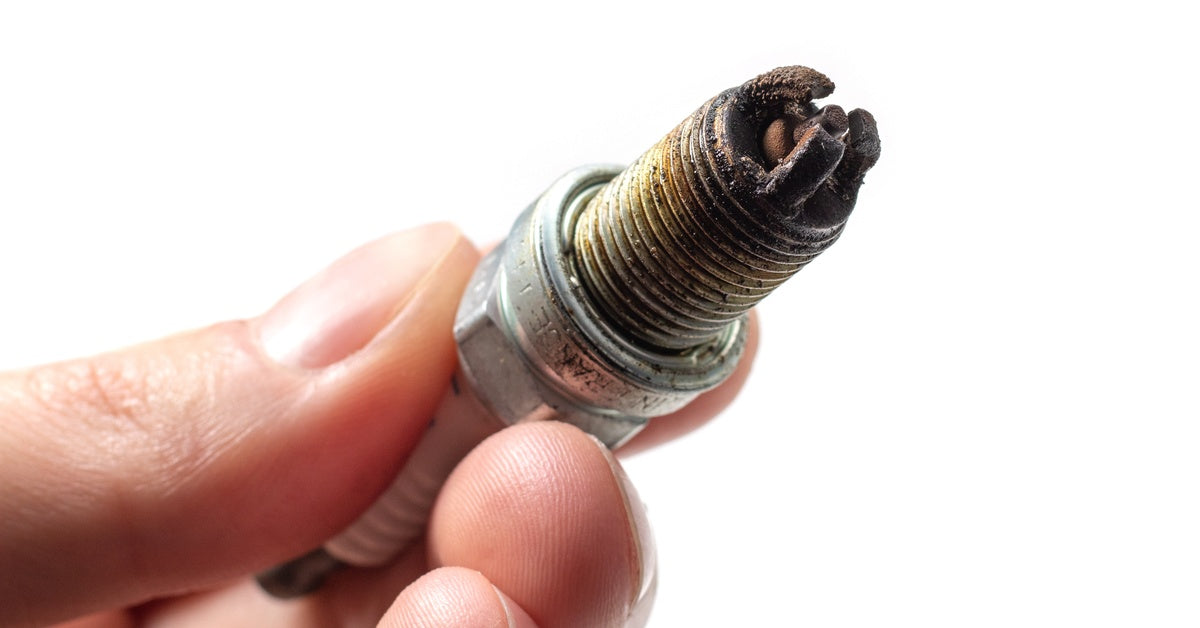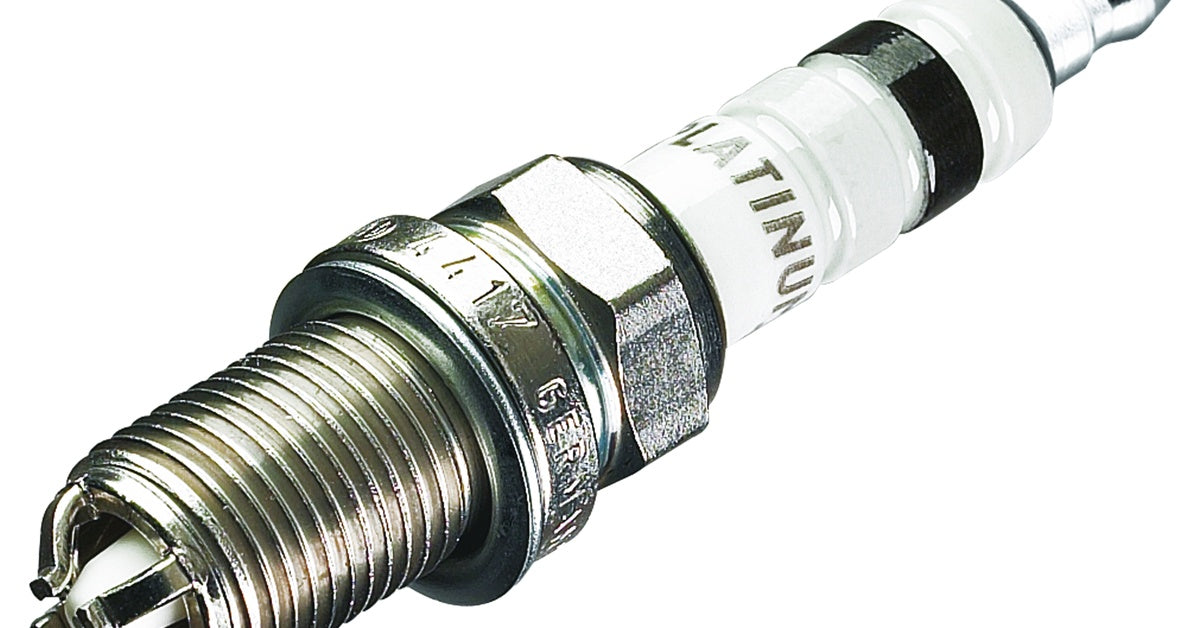
Nothing beats the thrill of a motorcycle ride. Unfortunately, the nature of bike engines can have a negative environmental impact if they’re not properly maintained. The good news is that there are easy ways to reduce your motorcycle’s emissions without sacrificing everything you love about your bike. These practical tips will help you achieve cleaner trips when you hit the road.
Understanding Motorcycle Emissions
Motorcycle emissions refer to the gases and particles released into the atmosphere when fuel burns in the engine. They are a byproduct of the combustion process and include several harmful pollutants, each contributing to environmental degradation and potential health risks. The primary pollutants produced by motorcycles include carbon dioxide (CO2), nitrogen oxides (NOx), and hydrocarbons (HC).
CO2, a greenhouse gas, is a significant driver of climate change, trapping heat in the Earth’s atmosphere and contributing to global warming. NOx emissions are a group of highly reactive gases that form when fuel burns at high temperatures. They can cause smog and respiratory issues. Hydrocarbons, which are unburned fuel components, contribute to ground-level ozone, adversely affecting air quality.
While motorcycles typically emit fewer contaminants than larger vehicles, their pollutant output per mile can be higher due to less stringent emissions controls.
1. Keep Up With Regular Maintenance
Routine maintenance is fundamental for keeping your motorcycle in top condition. A dirty air filter or low tire pressure can compromise fuel efficiency, which increases emissions. It’s a good idea to keep an eye on your bike’s oil, filters, and spark plugs to confirm everything is running smoothly. Simple upkeep goes a long way toward reducing wear on your engine, which means less pollution.
2. Check and Replace Worn-Out Spark Plugs
Your motorcycle’s spark plugs are key for effective fuel combustion. Worn spark plugs can cause incomplete combustion, which leads to higher emissions. High-performance motorcycle spark plugs from E3 Spark Plugs provide better performance than inferior alternatives. Our advanced design helps enhance combustion efficiency, leading to lower emissions and better mileage.
3. Upgrade To Cleaner Fuel Options
Using higher-quality fuel or additives can also help reduce emissions. Cleaner fuels combust more efficiently and reduce carbon deposit buildup in your engine. Ethanol fuel blends release fewer greenhouse gases, so even though they may cost slightly more, the environmental benefits make them worth considering.
If you haven’t considered synthetic motor oils, they can also offer better lubrication and thermal stability than conventional options. These oils reduce engine friction and enable smoother performance, minimizing fuel consumption and emissions. Synthetic oils may cost more upfront, but their benefits for your bike and the environment outweigh the cost.
4. Avoid Unnecessary Idling
Idling your motorcycle for extended periods leads to wasteful emissions. Most of the time, this happens when you’re stuck in a long traffic light queue or waiting for someone. Let your engine rest during these moments, if the situation allows it. Not only does this cut emissions, but it also saves fuel. Modern motorcycles reignite quickly, so there’s no harm in shutting the bike down temporarily.
5. Keep Your Tires Properly Inflated

Underinflated tires might not directly cause emissions, but they are a relevant factor. They can create more rolling resistance, which forces the engine to burn more fuel.
Give your bike adequate tire pressure and adjust it to the manufacturer’s recommended settings. Keeping your tires properly inflated improves fuel efficiency and makes for efficient rides with minimal environmental impact.
6. Invest in a High-Quality Exhaust System
An upgraded exhaust system with a catalytic converter can help reduce harmful emissions. Catalytic converters break down pollutants into less hazardous compounds before they leave your exhaust pipe. While it may be a notable investment, a well-designed exhaust system can cut emissions in the long run.
7. Adopt Softer Acceleration and Braking Habits
Sudden acceleration and hard braking make your engine work harder, leading to higher fuel consumption. Instead, practice throttle control and early braking. Adopting a calmer driving style preserves your bike while also improving fuel efficiency.
Smooth acceleration can improve your bike’s traction and stability, while gradual braking helps reduce wear on your brakes and tires, making them last longer.
8. Consider Lightweight Modifications
Reducing your bike’s weight can drastically improve its efficiency. Swap out heavier components for lighter materials whenever possible. For example, lightweight wheels, a smaller windscreen, or replacing certain steel parts with aluminum can ease the load on your engine, improving mileage and reducing emissions.
9. Plan Shorter Rides and Avoid Congestion

Frequent short trips and traffic congestion produce higher emissions. Combine errands into one trip whenever possible, and plan routes that avoid heavy traffic. This saves fuel and gives you a more enjoyable driving experience.
10. Tune Your Bike for Peak Performance
A properly tuned engine runs more efficiently and produces fewer emissions. Tuning includes adjusting fuel injection, ignition timing, and other parameters to enhance combustion. Many motorcycles feature electronic control units (ECUs) that allow fine-tuning.
ECUs monitor and adjust engine performance. Riders can reprogram them to customize power delivery and efficiency. Advanced models adapt automatically to changing conditions.
Advice on Owning Multiple Bikes
Even if you own several motorcycles, you can still manage your emissions contribution. Bikes with high fuel efficiency or alternative energy options, such as electric models, can help lower your environmental footprint. Use smaller, efficient bikes for daily commuting instead of larger, more power-hungry models. Maintain all your bikes regularly so they perform effectively and minimize emissions. By balancing usage based on necessity and efficiency, you can enjoy the benefits of owning multiple bikes without worrying about severely harming the environment.
Reduce Your Bike’s Emissions Today
Adopting these strategies extends the life of your bike, saves fuel, and contributes to a cleaner environment. Investing in high performance spark plugs and maintaining your ride are the best ways to reduce your motorcycle’s emissions. Consider exploring the options at E3 Spark Plugs for advanced spark plug technology that supports efficiency and environmental sustainability.
Reducing your carbon footprint is simpler than it appears, and every small step helps create a better planet. Integrate these practices into your riding routine to experience the benefits firsthand.







